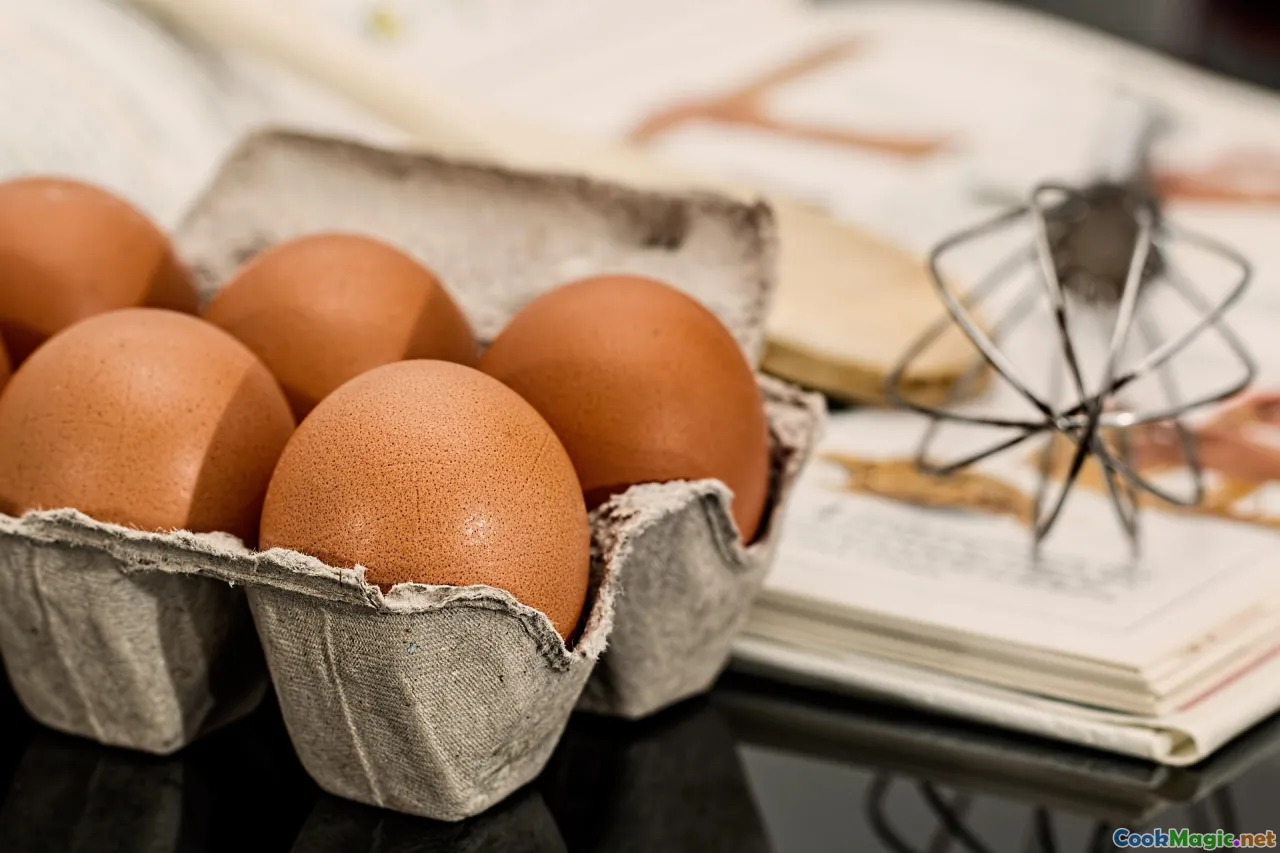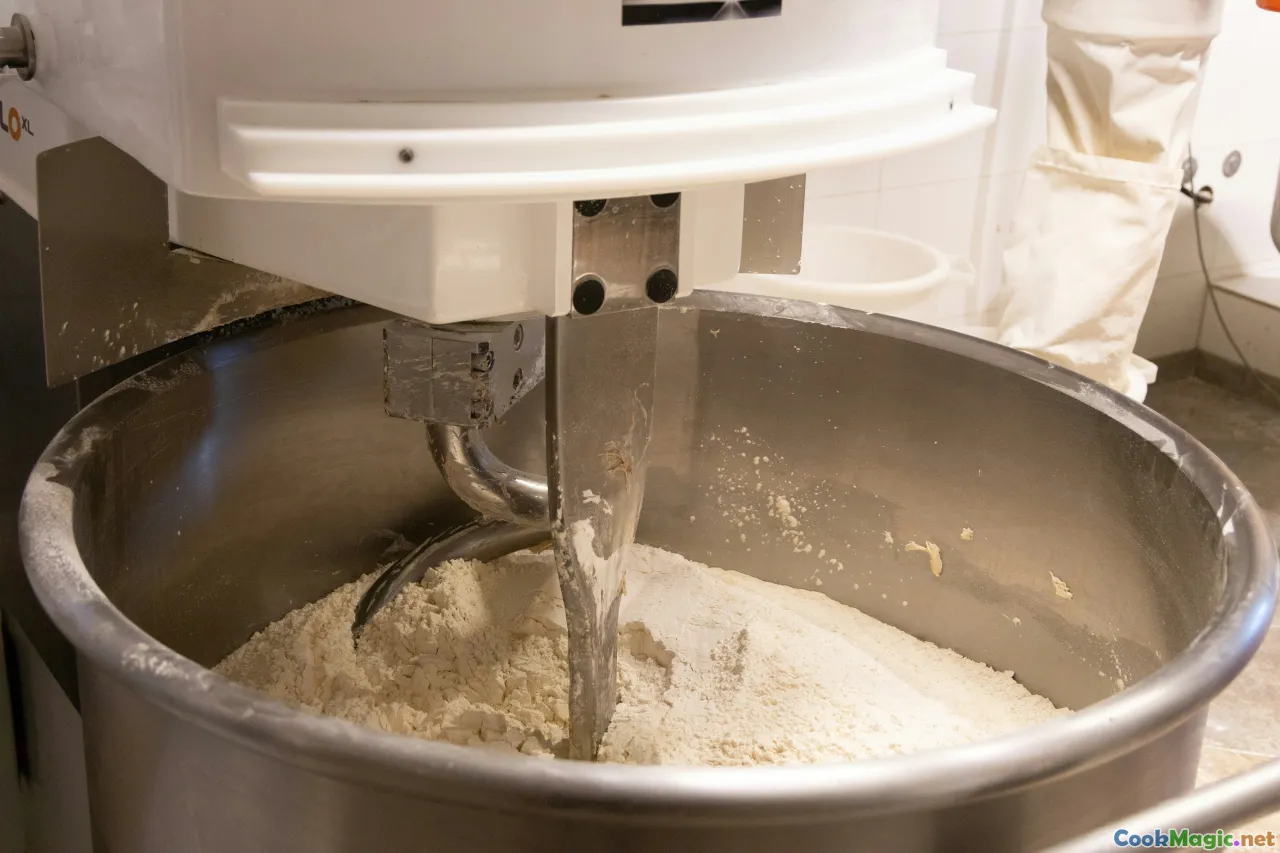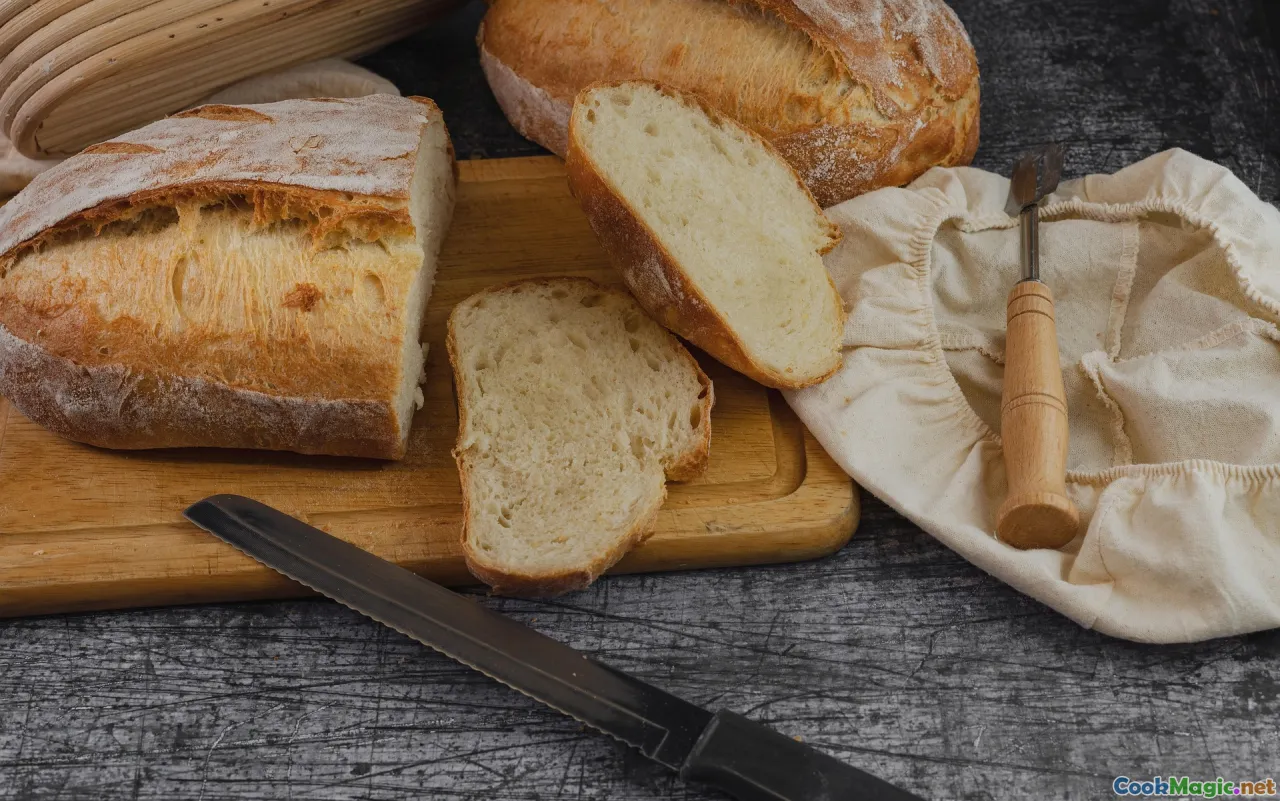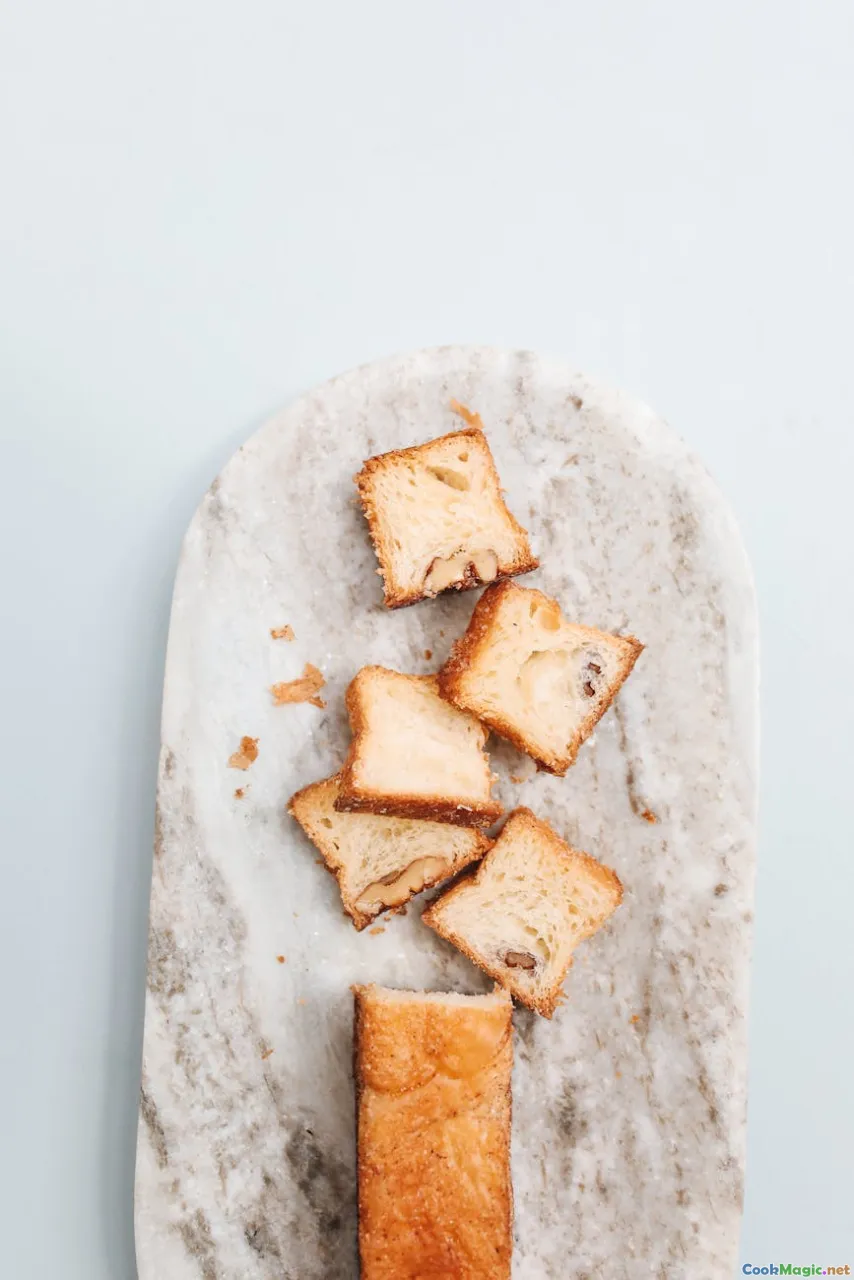My First Bread Loaf and the Joy of Simple Ingredients
11 min read A heartfelt story exploring the satisfaction of baking bread with basic ingredients and the joys of homemade creations. July 21, 2025 18:05
My First Bread Loaf and the Joy of Simple Ingredients
I still remember the unmistakable aroma wafting through my small apartment kitchen on that rainy Sunday afternoon — a warm, comforting scent that wrapped around me like an old familiar blanket. It was the scent of bread baking, but more precisely, it was the scent of my first ever homemade loaf. That day marked not just a foray into baking but a rediscovery of entire worlds hidden within modest ingredients, and a gentle reminder of how simplicity can carry profound joy.
The Allure of Simple Ingredients

In the age of sprawling supermarkets and artfully packaged artisanal loaves, there’s an almost romantic purity in making bread with just flour, water, salt, and yeast. These four humble ingredients have fertilized civilizations — from the ancient Egyptian days when sourdough cultures were traded as precious commodities, to the rustic rural loafs of Tuscany, and the craggy Swiss baskets of bread that quite literally hold history.
Their magic lies not in complexity but in their ability to interact, mutate, and transform, given patience and a gentle touch. Flour, that mundane staple, is for me the canvas of history. Water acts as the catalyst. Salt is the subtle enhancer that draws flavors forward subtly. Yeast, the tiny maestro, causes the dough to rise, breathing life into what was previously just a dense, flat mass.
My journey into baking bread was, in essence, a journey into understanding the perfect marriage of these everyday elements, each one waiting patiently to produce that irresistible golden crust and airy crumb.
The Personal Leap: From Reading to Kneading

It all started with a book — a battered volume I stumbled upon in a second-hand bookstore, its pages densely populated with recipes and lore. I was drawn especially to the story of a simple country baker, whose daily routine was tethered to the changing seasons and the feel of dough under her hands.
Equipped with only a basic recipe I found online, I gathered my ingredients. The air was thick with anticipation and a hint of curiosity as I measured the flour—soft, powdery, slightly chalky between my fingers—and mixed it with yeast. The first sight of bubbling foam made my heart flutter with a peculiar sense of accomplishment. Then came the kneading, a tactile journey that connected me physically and emotionally to those centuries of tradition.
Kneading dough requires patience and confidence. It’s a rhythmic folding, pressing, stretching—transforming the sticky mass into a smooth, elastic ball. During this process, the chaos of my initial failures—overworking the dough, it being too wet or too dry—became lessons, each mistake a step to mastery.
As the dough rested, I was entranced by how it smelled—the faintly nutty, slightly yeasty aroma pervaded my small kitchen, making everything feel warm and true. That quiet act of waiting, watching the dough double in size, taught me the patience bread requires not just in baking but in life.
The Transformation: From Dough to Bread

When the time finally came to bake, I carefully shaped my loaf — rustic, imperfect, but mine. Sliding it into the preheated oven, I was greeted by the gradual transformation that seems almost alchemical. The dough’s surface crackled as it expanded, releasing bursts of toasty, sweet scents.
The oven’s heat created a crust that was a perfect orchestration of crunch and tenderness, with hints of caramelized sweetness from the Maillard reaction. Inside, the crumb was open, airy, with uneven pockets that told of a human touch—an unmistakable sign that this bread was born of humble ingredients and heartfelt effort.
That first bite was revelatory—a dense, chewy interior with a complex flavor that understated the ingredients but highlighted their harmony. It was deliciously simple, rustic, and utterly satisfying.
Cultural Significance and Connections

Bread has always been more than sustenance; it’s a symbol of community, sharing, and tradition. Each culture has its own narrative: baguettes from France, focaccia from Italy, naan from South Asia, challah from Jewish heritage, matzah for Passover. My own experience harks back to these traditions — each loaf a piece of cultural identity, handed down through generations.
I realized that baking bread connects me to a lineage of storytellers and artisans, the simple act of mixing, patiently waiting, and baking echoing the routines of countless households. Family gatherings often revolved around bread — whether it was slicing a warm loaf for breakfast, tearing it apart for dinner, or dipping it in olive oil and herbs.
In my family, a homemade bread was enough to transform a meal into a celebration. The physical act of sharing bread created an intangible, profound bond—an unspoken message of love, patience, and perseverance.
Practical Tips for the Aspiring Home Baker

Inspired? Here are some practical tips I learned along the way:
- Measure Ingredients Accurately: Baking is science. Use a digital scale for precision.
- Use Quality Flour: A good bread flour (high protein content) will give your loaf structure and chewyness.
- Temperature Matters: Yeast activity is sensitive; ideally, use water around 105°F to 110°F.
- Don’t Rush the Rising: Let the dough double in size; this develops flavor and texture.
- Practice Kneading: Develop a rhythm, and trust your touch. Glove-like, smooth dough is the goal.
- Steam for Crust: For a crust that's crackly and rich, add steam during the initial baking phase.
- Experiment with Flavors: Once comfortable, incorporate herbs, seeds, or even dried fruits.
Remember, every loaf teaches something new. Don’t be discouraged by imperfections; each bake is a step closer to mastering the craft.
A Reflection: The Beauty of Simplicity

What makes this journey truly special is returning to the basics, reminding ourselves that nourishment and joy do not necessarily come from complexity or extravagance. The humble loaf, born out of just four basic ingredients, can evoke heartfelt stories, symbolize community, and provide a comforting ritual in our busy lives.
Making my first bread loaf was not just about discovering a recipe—it was about reconnecting with tradition, embracing patience, and finding satisfaction in the smallest details. It’s a practice rooted in history and heart, one that I carry forward with every new loaf I bake.
So, whether you’re kneading for the first time or seeking to refine your skills, remember: in those simple ingredients, there lies a world of flavor, history, and personal storytelling waiting to be unearthed. And perhaps, the most beautiful part of it all is realizing that bread, in its simplest form, is a perfect metaphor for life itself — modest, patient, and infinitely rewarding.









